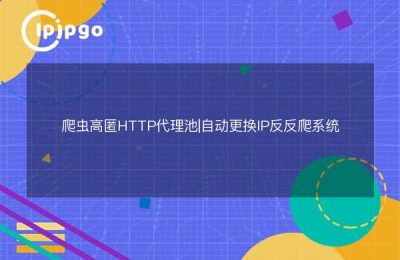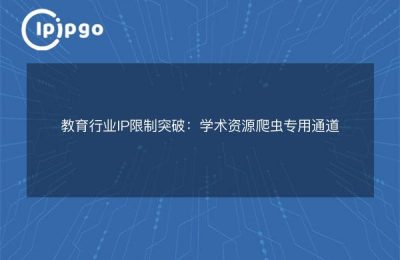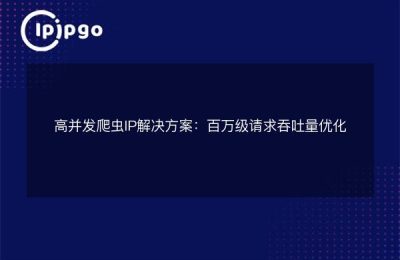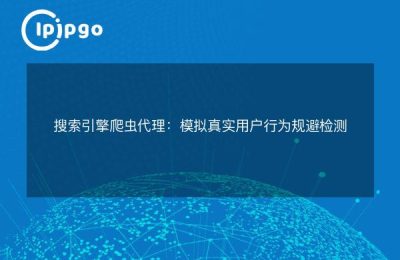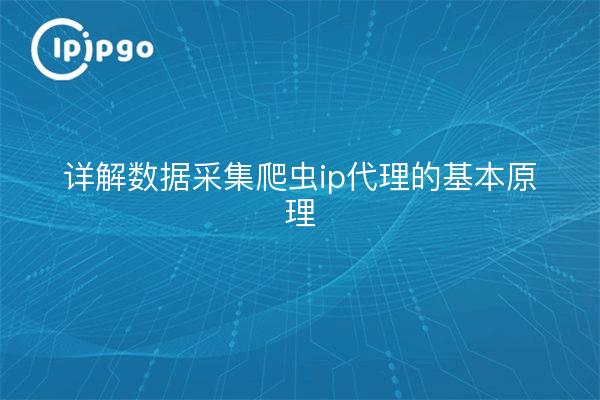
In the era of big data, data collection has become a necessary skill in all industries. Whether it is market analysis, competitor monitoring, or academic research, data collection plays an important role. However, with the continuous upgrading of anti-crawler technology, it is difficult to meet the demand for simple direct capture. At this time, proxy IP becomes your right-hand man. In this article, we will introduce the basic principles and applications of proxy IP in data collection in detail.
What is a proxy IP?
Proxy IP, as the name suggests, is a "bridge" between you and the target server. When you visit the target website through the proxy IP, what the website sees is not your real IP, but the IP address of the proxy server. This way can not only hide your real identity, but also effectively bypass some anti-crawler mechanism.
How Proxy IP works
How a proxy IP works is actually very simple. It acts like an intermediary between you and the target server. When you send a request, the request first reaches the proxy server, which then forwards it to the target server. After the target server processes the request, it returns the response data to the proxy server, and finally the proxy server passes the data back to you.
There are several distinct advantages to this approach:
- Hide Real IP: Your real IP address will not be exposed to the target server.
- Breaking IP restrictions: If the target server has restrictions on how often a single IP can be accessed, using a proxy IP can effectively bypass these restrictions.
- Improve access speed: Some high quality proxy IP servers located near the target server can improve access speed.
Proxy IP in Data Acquisition
Proxy IPs are widely used in data collection. Here are a few common application scenarios:
1. Bypassing IP blocking
Many websites block frequently visited IPs to prevent malicious crawlers. Using proxy IPs can effectively bypass such blocking. You can change multiple proxy IPs in a short period of time to keep the access frequency of each IP within a reasonable range, thus avoiding blocking.
2. Improving the efficiency of data collection
By using multiple proxy IPs, you can send multiple requests at the same time, greatly improving the efficiency of data collection. For example, you can use 10 proxy IPs at the same time and send 10 requests per IP, so you can accomplish a large number of data collection tasks in a short time.
3. Access to geographically restricted content
Some websites have content that is only available to users in a specific geographic region. By using a proxy IP for the appropriate geographic region, you can access this restricted content and get the data you need.
How to choose the right proxy IP
Choosing the right proxy IP is critical to the success of data collection. Here are a few factors to consider when choosing a proxy IP:
1. Proxy IP stability
Stability is one of the most important factors when choosing a proxy IP. An unstable proxy IP will not only affect the efficiency of data collection, but may also lead to data loss. Therefore, it is very important to choose a proxy IP with high stability.
2. Proxy IP speed
Speed is also one of the factors to consider when choosing a proxy IP. A fast proxy IP can greatly improve the efficiency of data collection and reduce waiting time.
3. Proxy IP anonymity
Anonymity refers to whether the proxy IP can completely hide your real IP. a proxy IP with high anonymity can effectively protect your privacy from the target server.
How to use proxy IP for data collection
The steps for using a proxy IP for data collection are actually very simple. The following is a basic process:
1. Obtain a proxy IP
First of all, you need to get a bunch of high quality proxy IPs. you can get them by buying, renting, etc. You can also use some free proxy IP services.
2. Setting up proxy IPs
After getting the proxy IP, you need to set the proxy IP in the data collection tool.Most of the data collection tools support proxy IP setting, you just need to enter the proxy IP address and port in the setting interface of the tool.
3. Conducting data collection
After setting the proxy IP, you can start the data collection. During the collection process, you can change the proxy IP periodically to improve the collection efficiency and success rate.
summarize
Proxy IPs play an important role in data collection. By using proxy IPs, you can hide your real identity and improve the efficiency of collection. However, choosing the right proxy IP and using proxy IP wisely are also the keys to success. I hope this article can help you better understand the basic principles and applications of proxy IP, and make your data collection road smoother.


